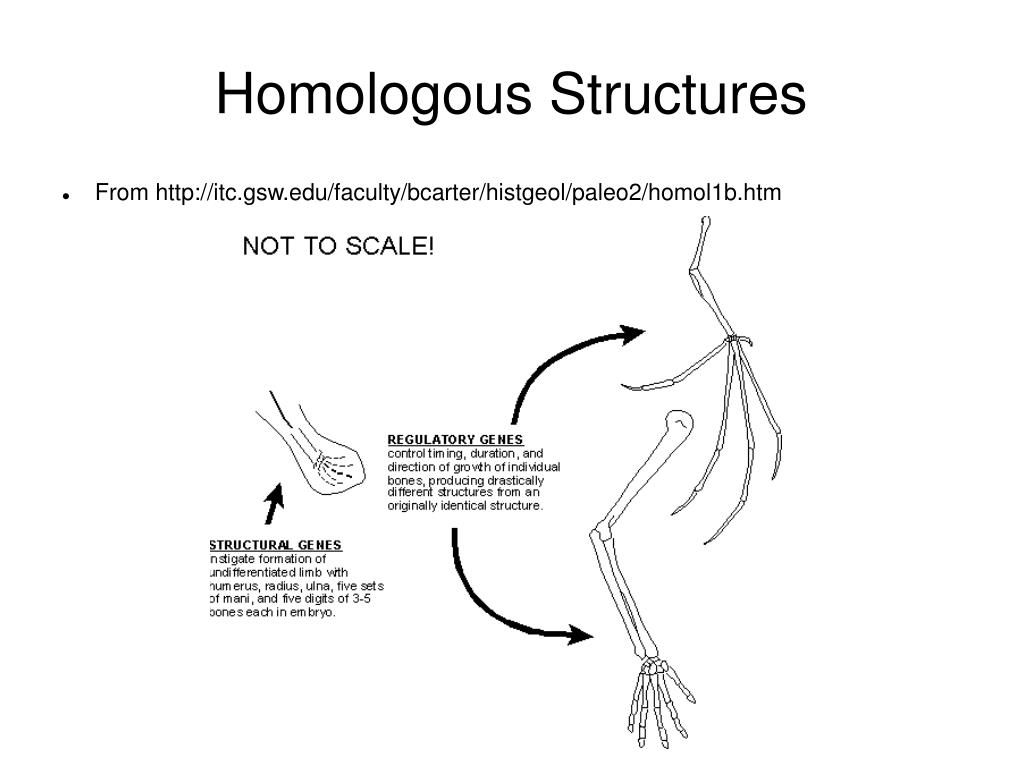

Biologists state that all living organisms must share a single last common ancestor. Similarities between organisms and structures are believed to be inherited from a common ancestor. All rights reserved.ĭepartamento de Bioquímica, Facultad de Medicina, Universidad Nacional Autónoma de México (UNAM), Mexico City, Mexico.Key Difference – Homologous vs Analogous Structures

This study unveils an original mechanism to generate a high degree of homotropic activation in SdNagBII, mimicking the allosteric and cooperative properties of hexameric EcNagBI but with a reduced number of subunits. In this work we describe the presence of this novel allosteric site in the SIS-fold deaminases, which is responsible for the homotropic and heterotropic activation of SdNagBII by GlcN6P and GlcNAc6P, respectively. Crystallographic data demonstrated the existence of an unusual allosteric site that can bind both GlcNAc6P and GlcNol6P, implying that the homotropic activation of this enzyme arises from the occupation of the allosteric site by the substrate. ITC experiments revealed two different binding sites with distinctive thermodynamic signatures: a single binding site per monomer for the allosteric activator N-acetylglucosamine 6-phosphate (GlcNAc6P) and two binding sites per monomer for the transition-state analog 2-amino-2-deoxy-D-glucitol 6-phosphate (GlcNol6P).

This study describes the regulatory mechanism of SdNagBII using enzyme kinetics, isothermal titration calorimetry (ITC), and X-ray crystallography. Additionally, we found that the sigmoidal kinetics of SdNagBII cannot be explained by the existing models of homotropic activation. denitrificans (SdNagBII) are special examples of what constitute non-homologous isofunctional enzymes due to their convergence, not only in catalysis, but also in cooperativity and allosteric properties. Glucosamine-6-phosphate (GlcN6P) deaminases from E.


 0 kommentar(er)
0 kommentar(er)
